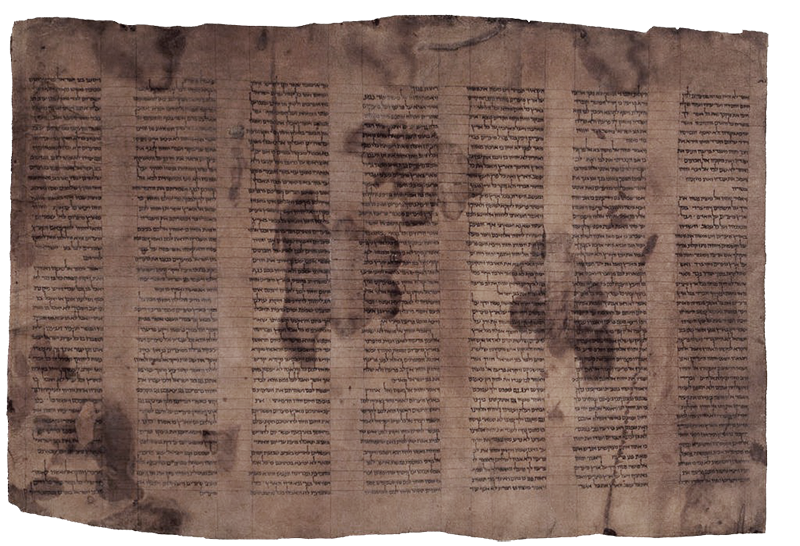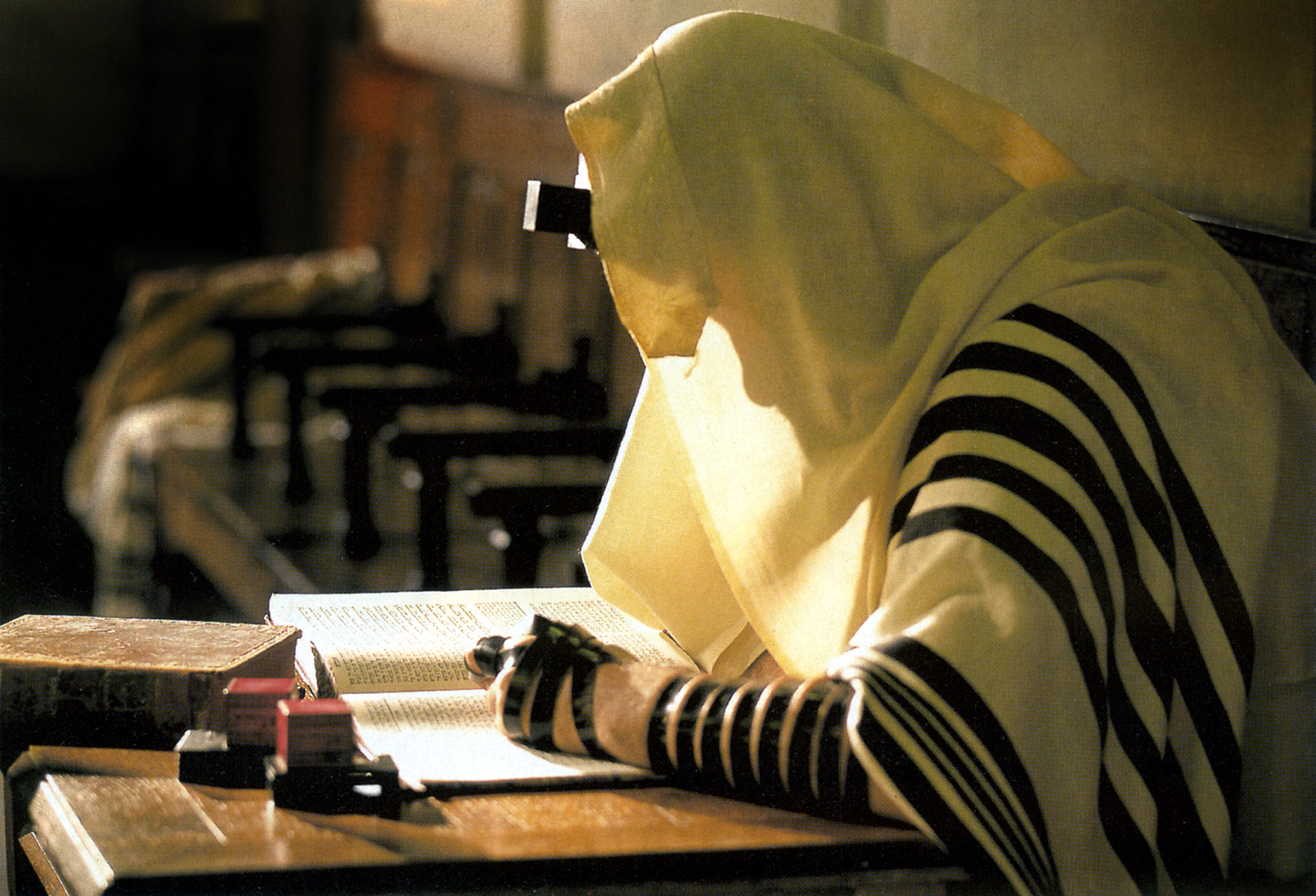
Bible, History, Archaeology
Bible,
History,
Archaeology
The London Manuscripts
and Ashkar-Gilson
from the Old Testament
Fragments of Torah manuscripts from London and Ashkar-Gilson
The London and Ashkar-Gilson leaves derive from the same scroll, dated 700 AD. The surviving leaves contain passages from Exodus 9:18-13:2 and 13:19-16:1. These excerpts include the «Song of the Sea».
The two sheets
1. The London leaflet, now in the private collection of Stephan Loewenthiel, containing Exodus 9:18-13:2.
2. Ashkar-Gilson no. 2, covering passages from Exodus 13:19-16:1, including the «Song of the Sea».
 Image opposite: The London leaf, now in the private collection of Stephan Loewenthiel, containing Exodus 9:18-13:2.
Image opposite: The London leaf, now in the private collection of Stephan Loewenthiel, containing Exodus 9:18-13:2.
The London leaflet
The London manuscript actually consists of two leaves: the first is in Stephan Loewenthiel's private collection, although for many years it belonged to the collection of the Jewish ‘College in London. Its origins and how it came to be in London are unknown. The second sheet bears the names of the two people who bought the document, along with others, in Beirut and eventually donated them to the Duke University Library in 1979, where they currently reside.
 Image opposite: Ashkar-Gilson no. 2, covering Exodus 13:19-16:1, including the «Song of the Sea».
Image opposite: Ashkar-Gilson no. 2, covering Exodus 13:19-16:1, including the «Song of the Sea».
The Ashkar-Gilson leaflet
The Ashkar-Gilson manuscript, technically known as Ashkar-Gilson 2, can only be read with great difficulty, but with modern photographic technology, namely multispectral imaging, the text has now been revealed. Using this new data, Edna Engel and Mordechay Mishor have concluded that the two Exodus leaves derive from the same scroll.
But the Ashkar-Gilson collection also includes other ancient Torah parchment leaves, including the one containing the Decalogue version of Deuteronomy 5. This document, Ashkar-Gilson 14, was previously totally illegible, so once again multispectral imaging has enabled researchers to read the text.

 Image opposite: The London leaf, now in the private collection of Stephan Loewenthiel, containing Exodus 9:18-13:2
Image opposite: The London leaf, now in the private collection of Stephan Loewenthiel, containing Exodus 9:18-13:2 Image opposite: Ashkar-Gilson no. 2, covering Exodus 13:19-16:1, including the «Song of the Sea».
Image opposite: Ashkar-Gilson no. 2, covering Exodus 13:19-16:1, including the «Song of the Sea».